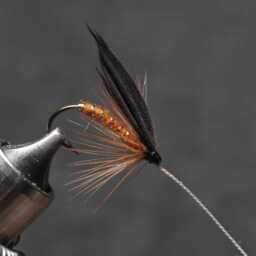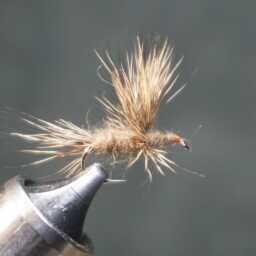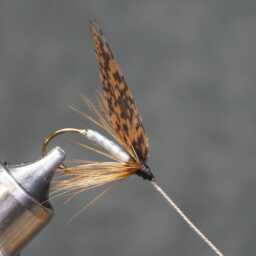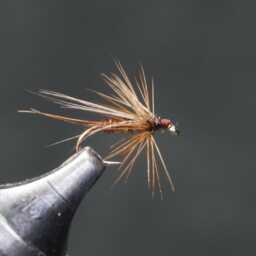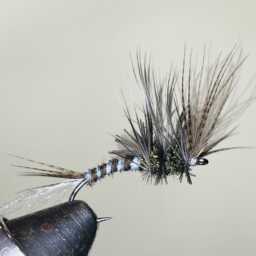Turkey feathers are highly valued in fly tying due to their size and versatility. Their large dimensions make them ideal for tying traditional salmon patterns. Among the various turkey breeds, the White Holland is especially prized for its feather-dyeing capabilities. This breed, known for its predominantly white feathers, was the most important white-feathered variety throughout much of American history. However, the White Holland is now one of the rarest and most difficult to authenticate turkey varieties. In the early 20th century, it was the only commercially available white variety, valued for its lack of dark pinfeathers, which provided a market advantage despite the birds being smaller than the Bronze variety.
The mutation for white feathers—essentially a lack of color—is an ancient trait. The Aztecs and other civilizations selectively bred white turkeys, some of which were sent to Europe. By the 1800s, a white variety known as the White Holland appeared in the United States. Recognized by the American Poultry Association in 1874, the White Holland, though not actually of Dutch origin, was developed from white sports of the Bronze turkey. It became popular, particularly in New England, for its early maturity and cleaner carcass compared to the darker-colored birds.
In the 1950s, breeders sought a large, white-feathered turkey and began crossing the White Holland with the Broad-breasted Bronze. By the 1960s, the Broad-Breasted White, also known as the Large White, had surpassed the Bronze in commercial production and now dominates the turkey industry.
Today, the White Holland is close to extinction, with only occasional appearances at poultry shows. Modern White Holland turkeys often show characteristics of the Large White breed, such as wide breasts and short legs. This merging of varieties was officially acknowledged by the American Poultry Association in 1983, leading to the White Holland being absorbed into the Large White breed. A similar consolidation has occurred in Britain, resulting in the “British White” turkey.
White Holland turkeys are distinguished by their showy appearance: snow-white feathers, a red to bluish head, and a black beard. The beak is pink to horn-colored, and the throat and wattles are pinkish-white. Their shanks and toes are pinkish-white, and their eyes are brown. A young tom typically weighs 25 pounds, while a young hen weighs 16 pounds.
« Back to Glossary Index
